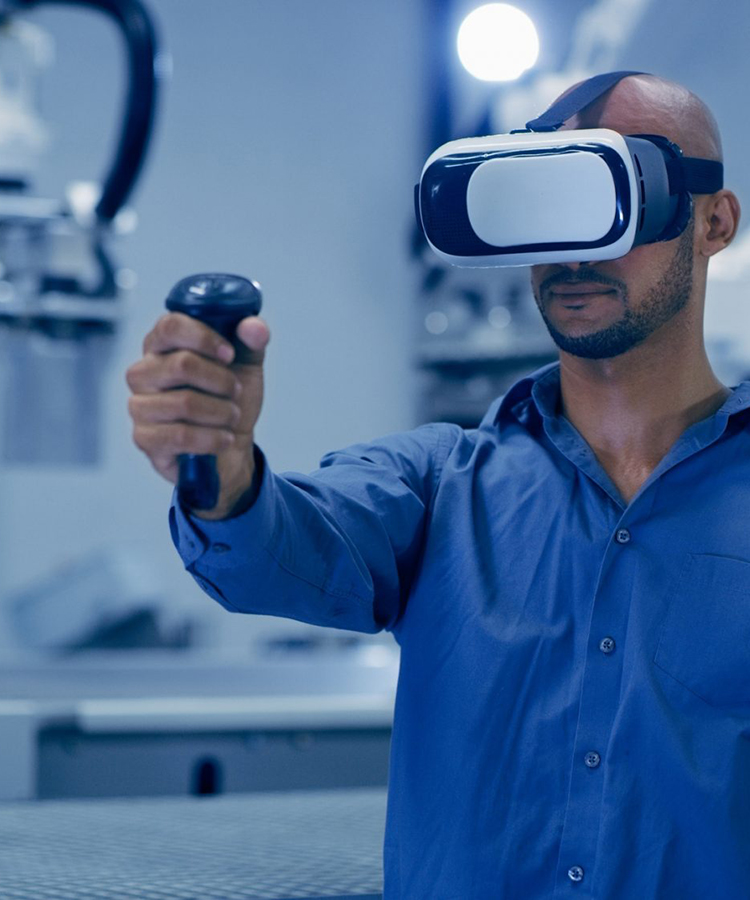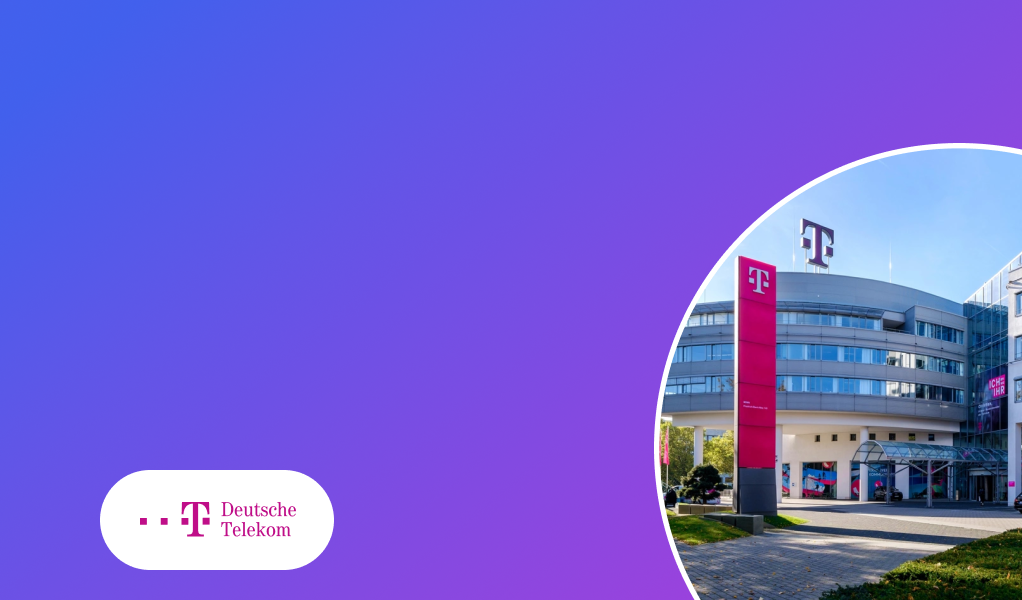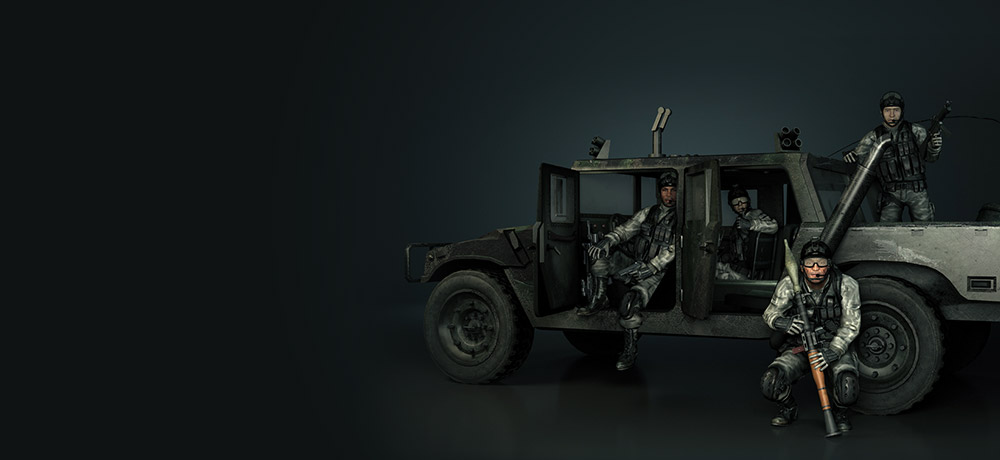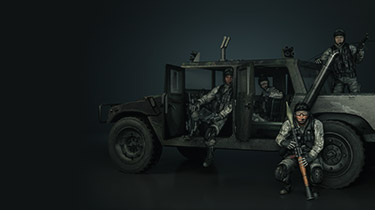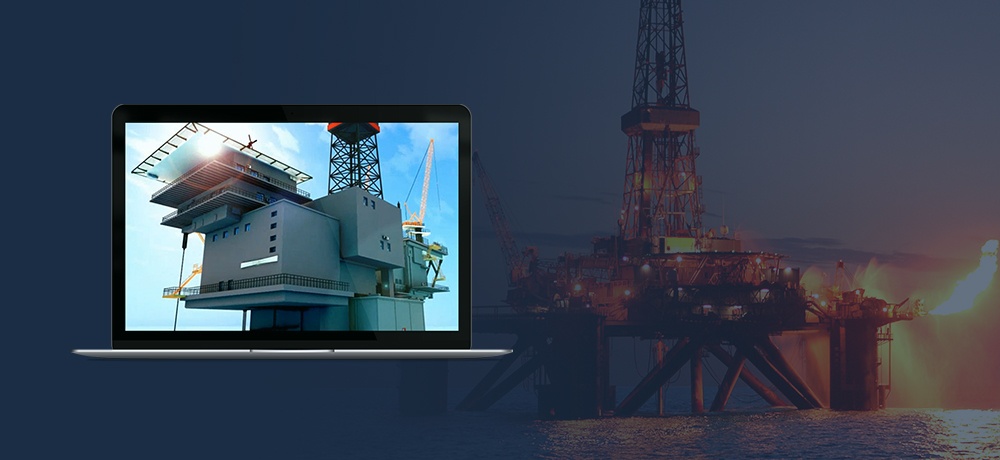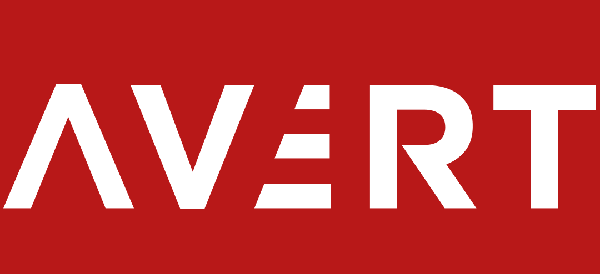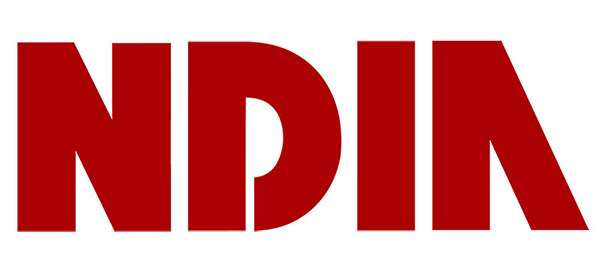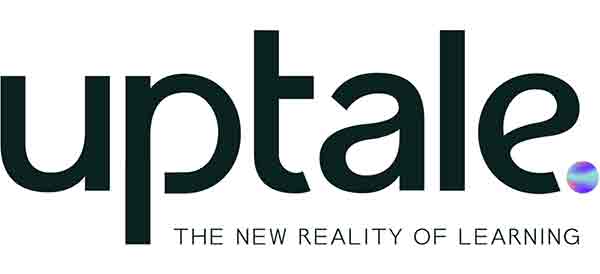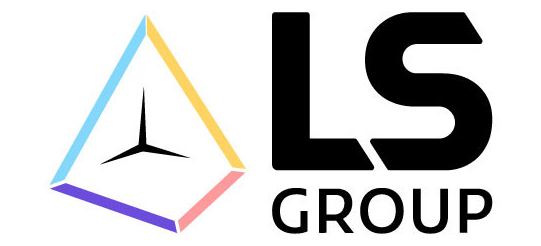Determining the price range for developing virtual reality simulations is a complex process that hinges on various factors, each contributing to the final cost. VR technology has expanded rapidly, offering diverse possibilities and presenting a range of pricing that can vary significantly based on specific project requirements.
The initial factor influencing the cost is the complexity of the VR simulation. More straightforward projects, such as basic interactive 3D models for educational purposes, typically require less development time and resources and cost less. On the other hand, more intricate simulations, like those used for advanced medical training or high-end gaming, demand more detailed modeling, sophisticated programming, and higher levels of interactivity, all of which contribute to a higher price tag.
Another key determinant is the level of customization required. Off-the-shelf solutions might be more cost-effective but often lack the specific features needed for a particular business need. Fully customized VR simulations, tailored to meet precise specifications, naturally involve more planning, development, and testing, thereby increasing the investment needed.
The choice of hardware and software also plays a significant role in determining the cost. High-end VR simulations requiring state-of-the-art hardware, such as advanced VR headsets and motion tracking equipment, will be more expensive than those compatible with standard consumer-grade hardware. Similarly, the software tools and engines used for developing the VR content can vary in cost, with some proprietary solutions being more expensive than open-source alternatives.
The scope of the project and its duration also directly impact the development costs. A large-scale VR simulation project with multiple scenarios, extensive environments, and numerous interactive elements will require more time and resources than a smaller, more focused project. Longer development timelines can increase costs, not only due to the extended work hours but also due to the ongoing engagement of specialized talent.
Regarding support and maintenance services, post-deployment expenses further complicate the cost structure. Continuous updates, problem patches, and customer support are critical to a VR simulation's long-term survival and profitability, particularly in quickly changing industries such as technology and education.
Furthermore, the VR development company's competence and reputation might affect the pricing. Renowned organizations with an established track record and extensive portfolios may charge more fees, but they provide a wealth of knowledge, dependability, and superior technological abilities that may considerably improve the quality and efficacy of the VR simulation.
Although determining an accurate price range for VR simulation creation is difficult without precise project information, prices might vary greatly. The ultimate expenditure needed for a VR project is heavily influenced by factors such as complexity, customization, hardware and software selection, project scope and length, and post-deployment services.
If you are contemplating VR simulations for your company and want to know more about the investment necessary, please contact us. Our staff can give a complete analysis of your project's requirements as well as an anticipated pricing range, ensuring that you have all of the information you need to make an educated choice about your VR project. Let's explore the possibilities of VR technology together and build a solution that suits your vision and budget.




